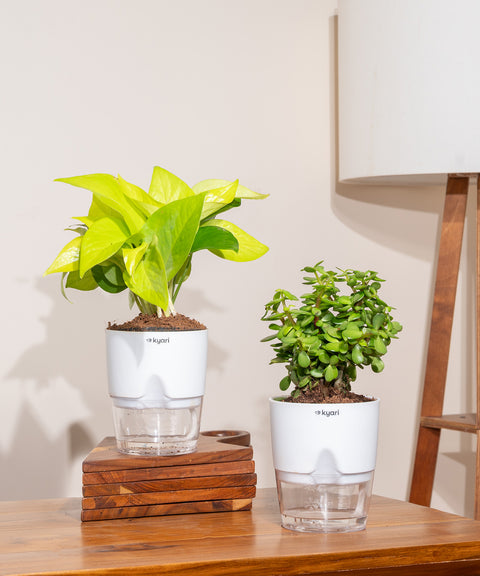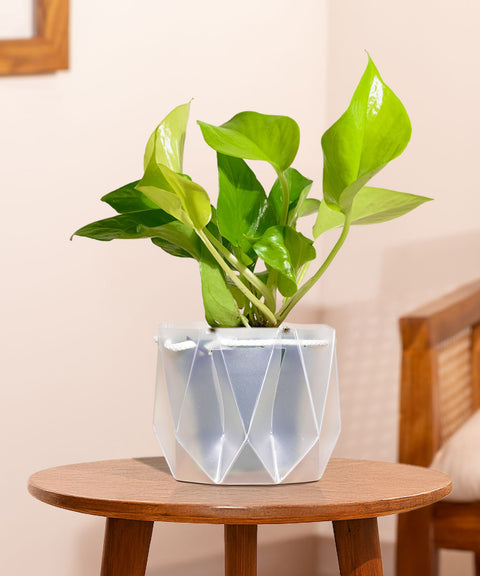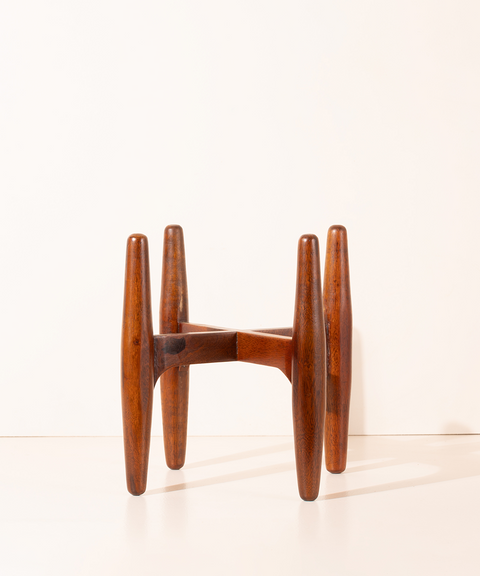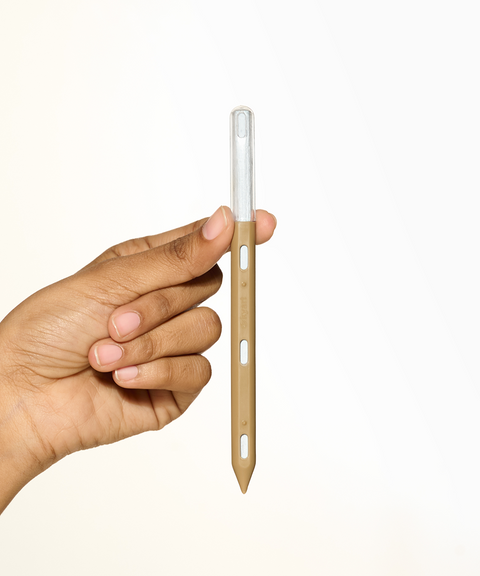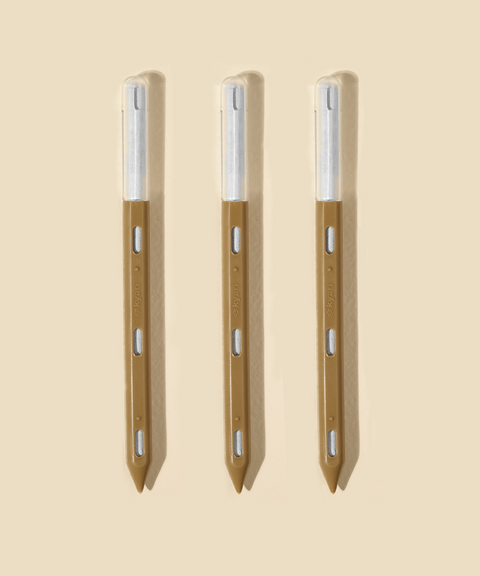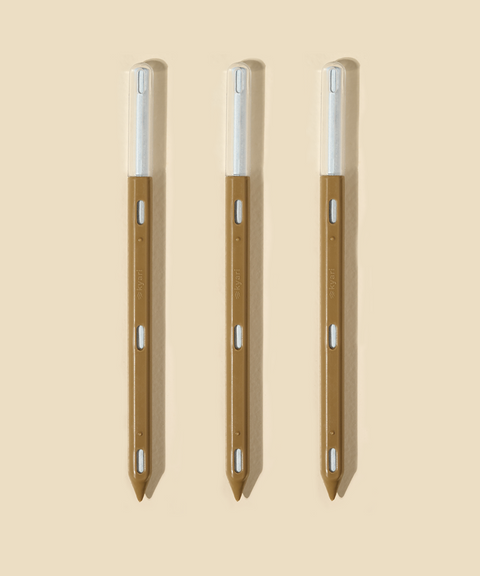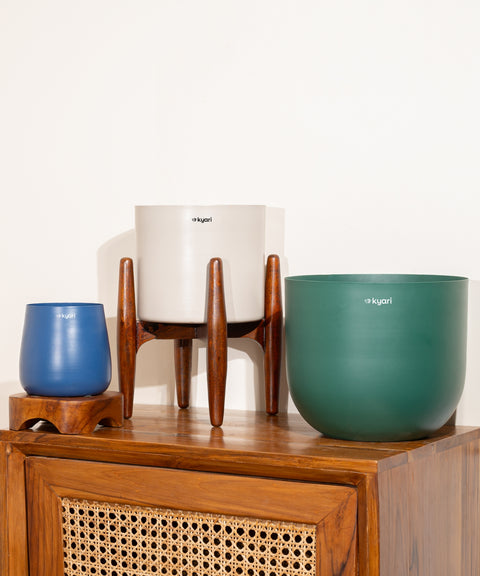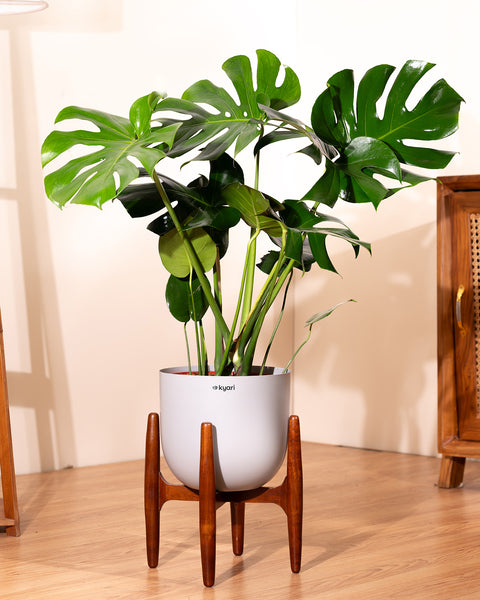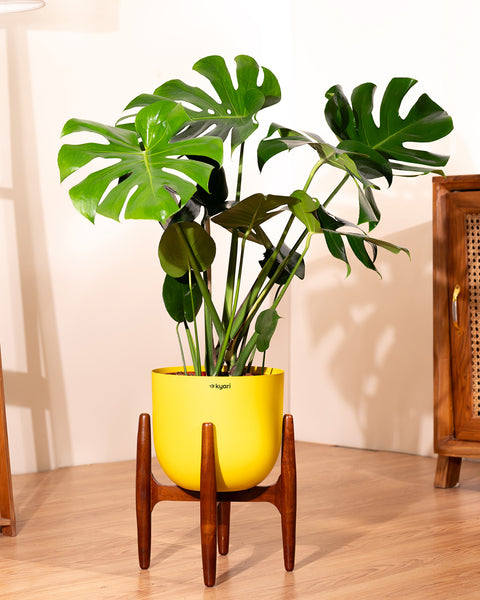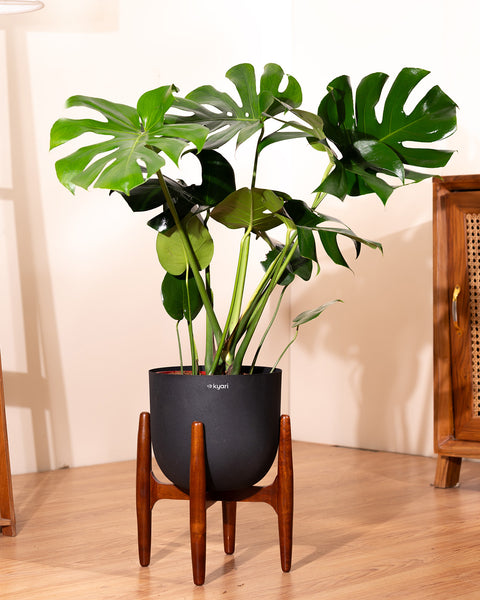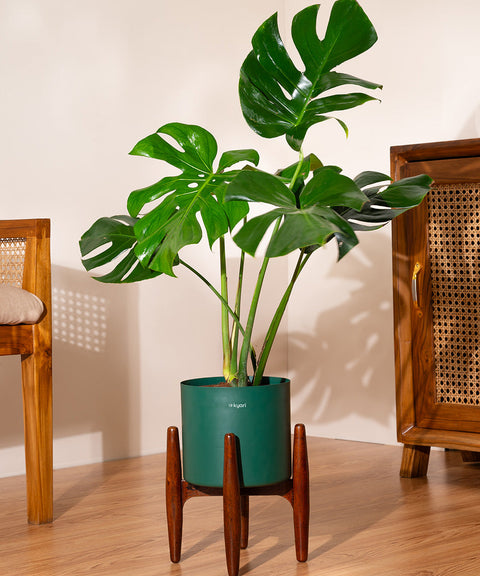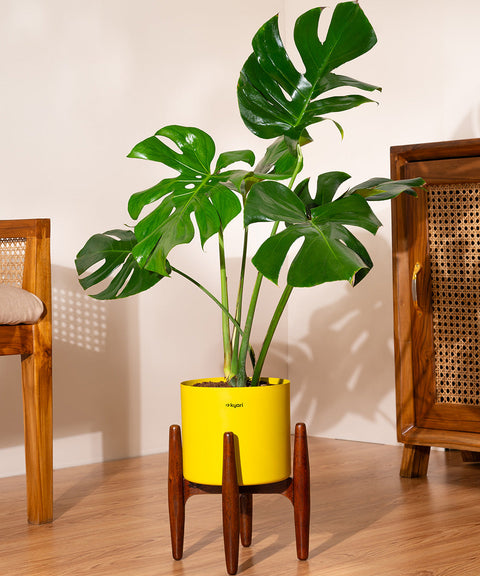Allow plants to drink water at their own pace!
Your plants need a beautiful, spacious home, and that’s when you need to choose the right platter for your beloved plants. Of course, there are countless options available and it can be trick for you to find the right one. Let’s keep this confusion at bay, and have a look at an option that is sure to work for almost all kinds of indoor plants. It’s a self-watering pot!

Self-watering pots
have been gaining popularity among gardeners and plant enthusiasts in recent years due to their convenience and efficiency. These pots have a built-in water reservoir that allows plants to receive the right amount of water they need to thrive without the need for constant watering. Let’s have a look at some key benefits of having self-watering pots.
Water Conservation
One of the most significant benefits of self-watering pots is water conservation. With traditional pots, water can quickly evaporate, leading to overwatering or underwatering, which can harm the plant. Self-watering pots, on the other hand, have a built-in reservoir that provides a constant supply of water to the plant. This helps to conserve water and ensures that the plant receives just the right amount of water it needs to thrive.


Convenience
Another significant benefit of Self-watering pots is convenience. These pots reduce the need for constant watering, making them ideal for busy individuals who don't have the time to water their plants regularly. They also make it possible to go on vacation or take a weekend trip without worrying about plant care.
Healthier Plants
Self-watering pots promote healthier plants by ensuring they receive a consistent supply of water. This can help prevent overwatering or underwatering, which can lead to root rot or dehydration. With self-watering pots, plants are less stressed, which helps them grow stronger and healthier.


Versatility
Self-watering pots come in a wide range of sizes, shapes, and styles, making them ideal for any type of plant. They can be used both indoors and outdoors and are suitable for a variety of plant types, including flowers, herbs, vegetables, and succulents.
How Self-Watering Pots Work?
Self-watering pots work by using a wicking system that draws water from the reservoir at the bottom of the pot to the soil. The pot has a water reservoir that is separated from the soil by a perforated platform. The platform allows water to move up to the soil through capillary action. The plant's roots absorb the water from the soil, ensuring that the plant receives the right amount of water it needs.
Some self-watering pots have a water gauge that helps monitor the water level in the reservoir. When the water level drops, it's easy to add water to the pot without disturbing the plant's root system. Self-watering pots also have drainage holes to prevent overwatering and ensure adequate airflow to the roots.
Summing it up
Self-watering pots offer several benefits, including water conservation, convenience, healthier plants, and versatility. These pots work by using a wicking system that draws water from the reservoir at the bottom of the pot to the soil, ensuring that the plant receives the right amount of water it needs. If you're looking to simplify your plant care routine or go on vacation without worrying about plant care, consider investing in a Self-watering pots








 Limited Time Deal
Limited Time Deal
 BYOB - Small Plants
BYOB - Small Plants











